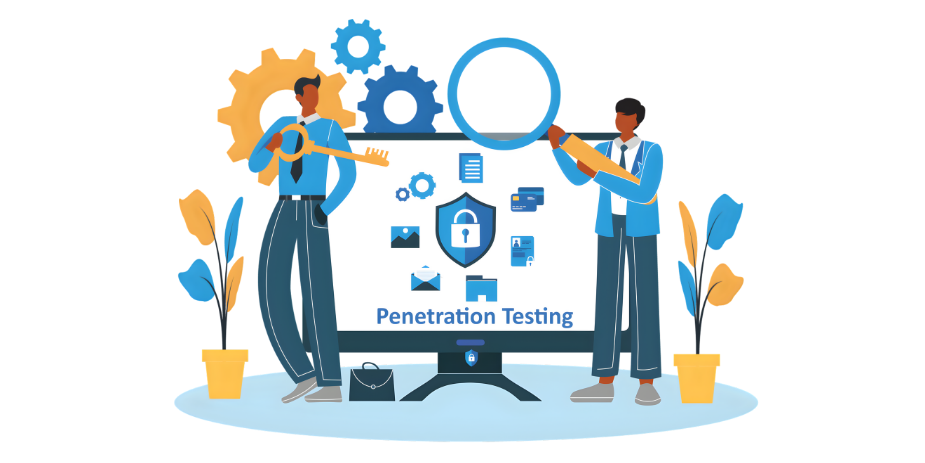Keyword-Driven Automation Testing and Its Benefits

- August 9, 2023
- admin
In recent times, a methodology known as keyword-based automation has gained considerable traction due to its potential to offer a more streamlined and effective approach to conducting software quality assurance. In this article, we will delve into the essence, significance, and advantages of this approach in modern software development processes.
Understanding Keyword-Based Automation
Keyword-based automation, often referred to as table-driven testing, is a mechanism where test cases are constructed and executed using specific keywords. These keywords represent distinct actions or operations within the application. The test cases are organized in a tabular format, allowing for efficient management. This approach makes it possible for non-technical team members to participate in the quality assurance process.
Benefits of Keyword-Based Automation
1. Enhanced Reusability and Maintainability
Keywords represent test actions, making them reusable across multiple test scenarios. When changes are needed, they can be implemented in one centralized location, ensuring easier maintenance and consistency in your scripts.
2. Collaboration Between Technical and Non-Technical Teams
This approach acts as a bridge between testers and domain experts. Non-technical team members help define the keywords, working alongside developers and testers. This collaboration ensures that the testing efforts are more comprehensive and aligned with business goals.
3. Improved Test Case Management
By organizing test cases using keywords, you improve their presentation and management. It becomes easier to track test progress, identify any gaps, and ensure coverage across different features of the software.
4. Faster Script Development
The abstraction of complex actions into simple keywords helps expedite script creation, reducing the chances of errors. This process speeds up the overall cycle, without compromising on test quality.
5. Flexibility and Adaptability
The approach is highly adaptable, allowing for easy modification of test cases when application features evolve. By altering keywords, you can quickly accommodate changes in the software without major disruptions to the overall process.
How to Implement Keyword-Based Automation
1. Identify Test Scenarios
Start by breaking down the application’s functionality into distinct scenarios. Each scenario can be represented using relevant keywords.
2. Define Keywords
Create a comprehensive list of keywords, each one representing a specific action, event, or validation within the system.
3. Design Test Scripts
Develop test scripts using a tabular format, with each row representing a test step and its corresponding keyword.
4. Configure Test Data
Ensure the test data is embedded within the test scripts, covering various conditions and scenarios that may arise during real-world use.
5. Execute the Scripts
Leverage an automation tool to run the scripts. The tool will interact with the application according to the predefined keywords.
6. Generate Reports
After execution, analyze the results to determine which tests passed, which failed, and identify any encountered issues.
Real-World Examples of Keyword-Based Automation
For example, in an e-commerce application, you could use keywords such as “Login,” “AddToCart,” “Checkout,” and “Payment” to create test scenarios that simulate typical user interactions, ensuring comprehensive end-to-end coverage.
Challenges and Solutions
Despite its benefits, this method comes with challenges such as maintaining the keyword library and the upfront complexity in setup. To mitigate these issues, organizations can focus on building a strong keyword repository from the start and invest time in the initial setup to gain long-term advantages.
Comparison with Other Automation Approaches
Keyword-based automation differs from other methodologies like data-driven and behavior-driven approaches. While data-driven focuses on validating input-output data, and behavior-driven emphasizes collaboration among stakeholders, keyword-based automation uniquely fosters a shared vocabulary, aligning testers and domain experts on the testing process.
Future of Keyword-Based Automation
With the ongoing advances in AI and machine learning, keyword-based automation is expected to evolve. Future tools could suggest smarter keywords based on previous tests, optimizing the process further and enhancing efficiency.
Conclusion
Keyword-based automation has become a key component in modern software development. Its ability to bridge the gap between technical and non-technical teams, along with its reusability, flexibility, and ease of maintenance, makes it an invaluable strategy for businesses aiming to improve their software quality. By adopting this approach, organizations can streamline their testing workflows, deliver higher-quality products, and reduce time-to-market.











